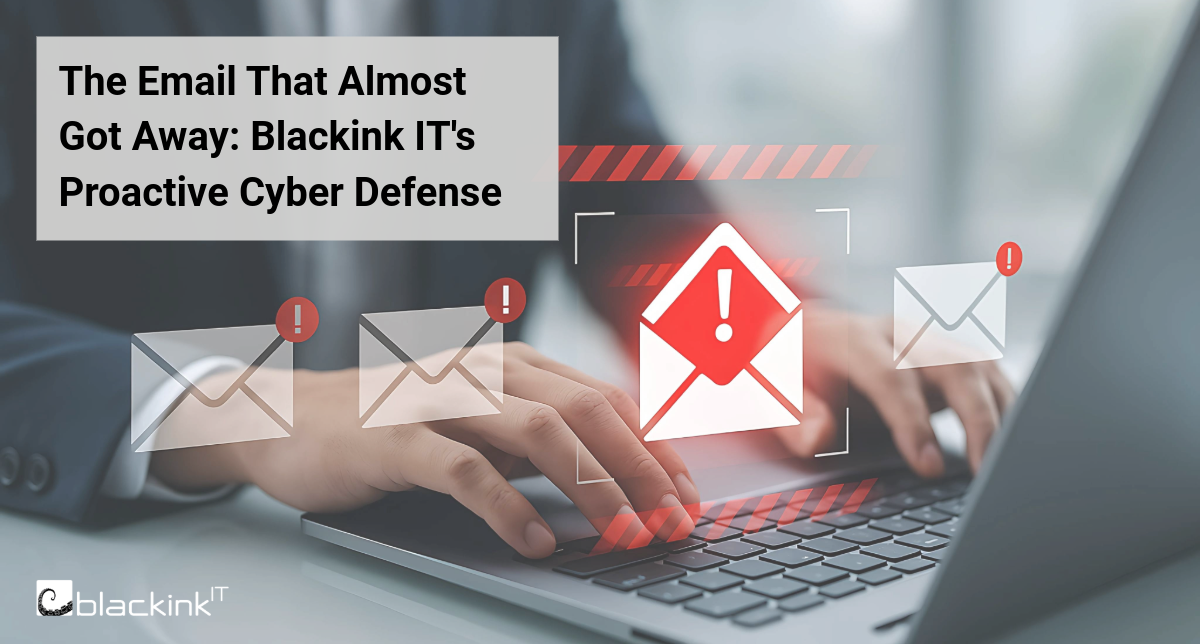The Importance of Data
In the world of business and technology, the significance of data cannot be overstated. Organizations are beginning to recognize the transformative power of data in driving business strategies and operations. While terms like artificial intelligence, machine learning, and algorithms continue to dominate industry conversations, many businesses find themselves unsure of where to begin their data journey. Let's explore five essential steps to kickstart your data initiatives, helping you navigate the business world’s data-driven landscape.
Start with Purpose
In Simon Sinek's renowned TED Talk, "Start with Why – How Great Leaders Inspire Action," the concept of purpose takes center stage. Similarly, when approaching data, it's crucial to ask yourself: What is your organization's ultimate objective, and how can data contribute to achieving it? By clearly identifying your "why," you lay the foundation for envisioning how data can propel your mission forward.
Assess People, Processes, and Technology
Once you've established your data's purpose, it's time to holistically evaluate your business operations. Consider the roles played by your people, processes, and technology. Are there areas within your organization where leveraging data could enhance efficiency and productivity? Can certain tasks, like data entry, be automated to free up valuable human resources? Identifying these opportunities will help you prioritize your data initiatives effectively.
Define Key Data Strategies
To establish a solid data foundation, it's essential to define key strategies across various dimensions:
- Capture and Storage: Understand how to identify and store your data effectively, ensuring its accessibility and usability.
- Quality: Define processes to enhance data integrity, accuracy, and trustworthiness, enabling you to rely on high-quality information for decision-making.
- Governance: Assign appropriate data access levels, determining who can access specific data and for how long, ensuring compliance and security.
- Culture: Foster an organizational environment that values and integrates data into daily operations, promoting a data-driven culture across all departments.
By focusing on these foundational data strategies, you lay the groundwork for meaningful data utilization.
Shift to Outcome-Based Budgeting
While it's tempting to focus solely on short-term costs, optimizing data usage often requires upfront investments. Embracing automation and leveraging data for tasks better suited for machines can lead to significant efficiency gains. When creating your data budget, it's crucial to prioritize outcomes rather than merely considering expenses. Encouraging open communication within your organization will enable employees to identify opportunities for automation, allowing them to redirect their efforts towards value-adding activities.
Seek Expert Guidance
Navigating the complexities of data strategy can be overwhelming, especially when considering the big picture. Remember, you don't have to be an expert in everything. Consider reaching out to consulting firms or trusted vendors with expertise in data management and strategy. These professionals can guide you in mapping out your data journey, leveraging their knowledge and experience to help you achieve your data-driven goals.
Ready to Leverage Your Data?
Data remains a critical asset for organizations. By starting with purpose, aligning your operations, defining key data strategies, adopting an outcome-based budgeting mindset, and seeking expert guidance, you can unlock the full potential of data to drive your organization's success. Interested in learning more about leveraging your data to improve business outcomes? Reach out to the Blackink IT team today!



.png)


